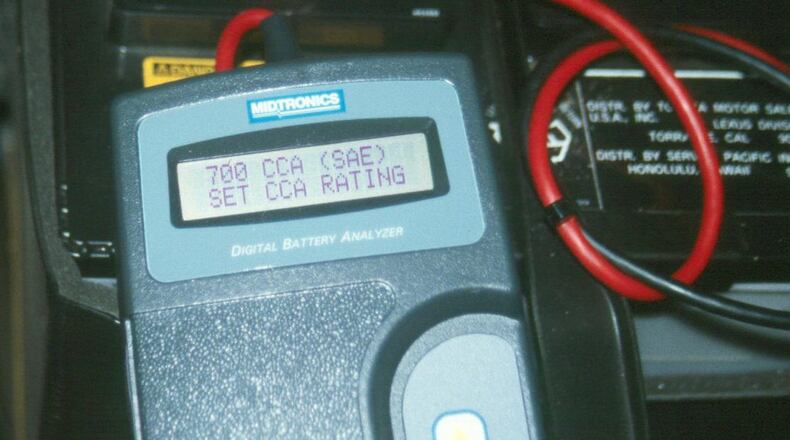• The engine oil is thicker when cold, making the starter require more electrical currents for the battery to crank the engine
• The low temperatures also slow the chemical reaction inside the battery so it unable to produce the amount of current it could at warmer temperatures.
• The capacity of a battery is affected by age so an older battery will not be able to supply what it once was able to when it was new.
To help prevent the need for jump-starting, it is wise to have the battery tested every year or replaced about every three to five years. There are also small batteries that can be used to jump-start another vehicle that are lightweight and can be kept in the trunk if needed.
Have an automotive-related question? Write to Jim at jim@jameshalderman.com
About the Author
